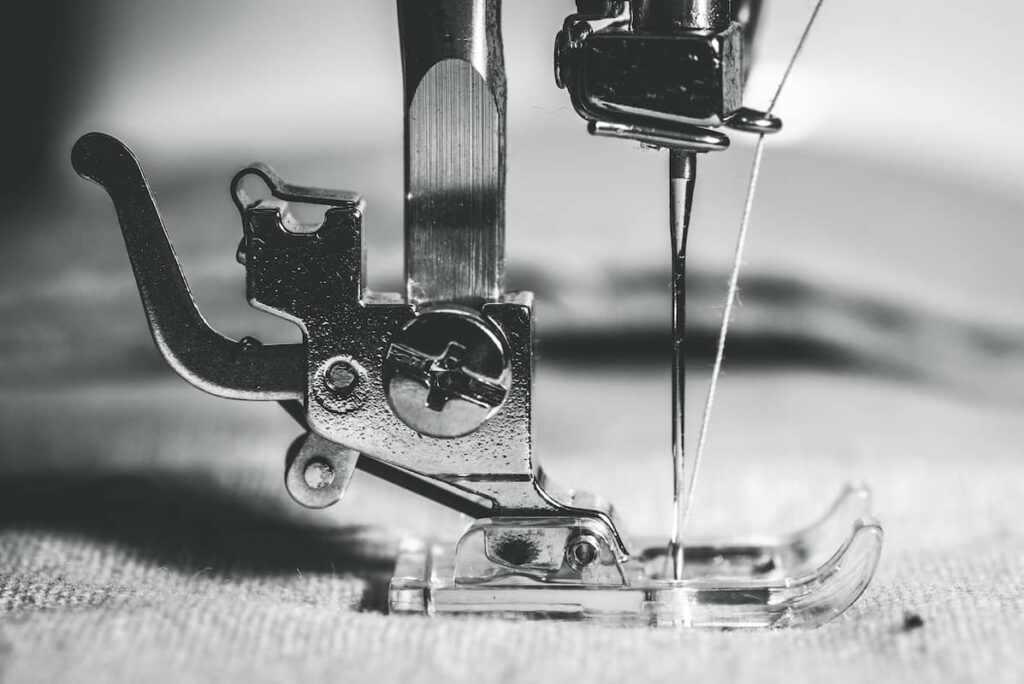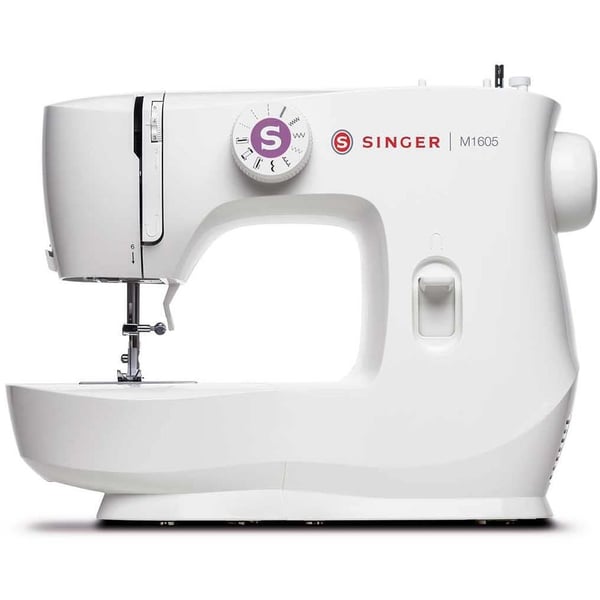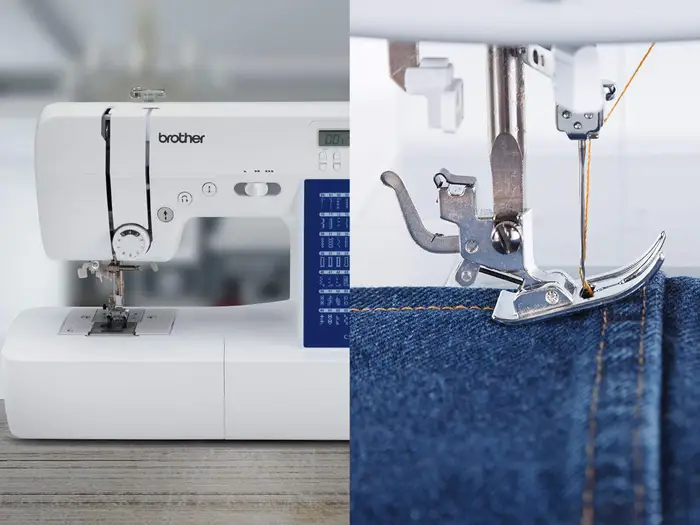Introduction
A sewing machine is a device used to stitch fabric, leather, and other materials together using thread. It greatly speeds up the sewing process compared to hand stitching and provides consistent, durable seams.
Types of Sewing Machines
1. Manual Sewing Machines
- Operated by a handwheel or foot pedal (treadle).
- No electricity required, ideal for basic stitching.
2. Mechanical Sewing Machines
- Uses dials and knobs to adjust settings.
- Suitable for beginners and home use.
3. Electronic Sewing Machines
- Runs on electricity with push-button controls.
- Offers different stitch patterns and automatic threading.
4. Computerized Sewing Machines
- Features LCD touchscreens, programmable stitches, and USB connectivity.
- Ideal for complex sewing projects, embroidery, and quilting.
5. Overlock (Serger) Machines
- Specializes in trimming edges and overlocking fabric to prevent fraying.
- Used for professional garment finishing.
6. Industrial Sewing Machines
- Heavy-duty, built for mass production.
- Can sew through thick materials like leather, denim, and canvas.

Popular Sewing Machine Models
For Beginners & Home Use
- Singer Start 1306 – A compact and affordable machine with six built-in stitches and easy threading.
- Usha Janome Allure DLX – Offers 13 built-in stitches, buttonhole stitching, and LED lighting.
- Brother GS 1700 – Provides 17 built-in stitches, an automatic needle threader, and LED lights.
For Advanced Users & Professionals
- Brother GS 3700 – Has 37 built-in stitches, a free arm, and an extension table for larger projects.
- Usha Janome Wonder Stitch – Features automatic stitching, multiple stitch applications, and a durable frame.
- Singer Promise 1408 – A versatile option with eight built-in stitches, an automatic bobbin winder, and a sturdy metal frame.
Portable & Mini Sewing Machines
- Akiara Mini Sewing Machine – Compact and lightweight, good for basic sewing needs.
- NEX Mini Sewing Machine – Battery-operated, adjustable speed, and travel-friendly.
Heavy-Duty & Industrial Sewing Machines
- REVO Bag Closer Sewing Machine – Suitable for thick fabrics and industrial stitching.
Each of these models has different features suited for beginners, hobbyists, or professionals. Consider factors like budget, stitch options, and portability before purchasing
Precautions While Using a Sewing Machine
1. Personal Safety
Keep fingers away from the needle – Use a presser foot and guiding tools to avoid injuries.
Avoid loose clothing and jewelry – These can get caught in the machine.
Use safety glasses – Protect your eyes from broken needles or flying debris.
Work in a well-lit area – Proper lighting reduces strain and mistakes.
Keep children away – Unless supervised, children should not operate a sewing machine.
2. Machine Handling & Maintenance
Turn off and unplug when not in use – Prevents accidental starts and electric shocks.
Use the correct needle and thread – Mismatched needles and thread can cause breakage.
Clean lint and dust regularly – Ensures smooth operation and prevents jams.
Oil the machine as recommended – Reduces friction and wear on moving parts.
Check the power cord for damage – Frayed or exposed wires can cause electrical hazards.
3. Proper Sewing Techniques
Start at a slow speed – Prevents fabric from pulling and reduces mistakes.
Guide fabric carefully – Do not force or pull the fabric aggressively.
Use the right presser foot – Helps maintain fabric stability while sewing.
Adjust tension settings correctly – Incorrect tension can cause thread breakage or uneven stitches.
4. Fire & Electrical Safety
Do not use near water – Prevents short circuits and electric shocks.
Avoid overloading electrical outlets – Reduces fire hazards.
Unplug during maintenance – Always disconnect power before changing needles or cleaning.

Pros
Saves Time & Effort – Faster than hand sewing, ideal for large projects.
Precision & Consistency – Produces neat, uniform stitches.
Multiple Stitch Options – Offers straight, zigzag, embroidery, and decorative stitches.
Stronger & Durable Stitches – Provides tight, long-lasting seams.
Versatile Use – Suitable for garment making, repairs, quilting, embroidery, and crafts.
Cost-Effective – Saves money on tailoring and clothing repairs.
Automation & Advanced Features – Modern machines have automatic needle threading, buttonholes, and digital controls.
Cons
High Initial Cost – Advanced models can be expensive.
Requires Maintenance – Needs regular cleaning, oiling, and servicing.
Learning Curve – Beginners may take time to master controls and settings.
Limited Handcrafted Look – Machine stitches lack the uniqueness of hand-sewn designs.
Power Dependency – Electronic and computerized models need electricity to function.
Breakdowns & Repairs – Parts can malfunction, requiring professional servicing.

Conclusion
A sewing machine is a valuable tool that enhances sewing efficiency, precision, and creativity. It offers numerous advantages, including time-saving, durability, and versatility for garment making, embroidery, and home décor. However, it also comes with challenges such as maintenance, power dependency, and a learning curve for beginners.
Choosing the right sewing machine depends on individual needs—whether for basic home use, professional tailoring, or industrial applications. With proper care and skill development, a sewing machine can be a lifelong investment for both hobbyists and professionals.
Recent Post
Shop These Products Online
Discover the best selections available online. Click, compare, and shop with confidence through our trusted affiliate links!
